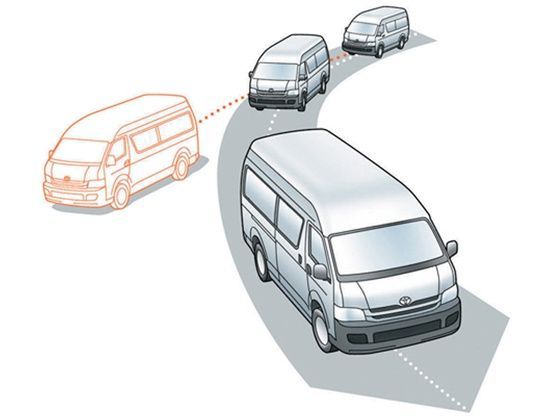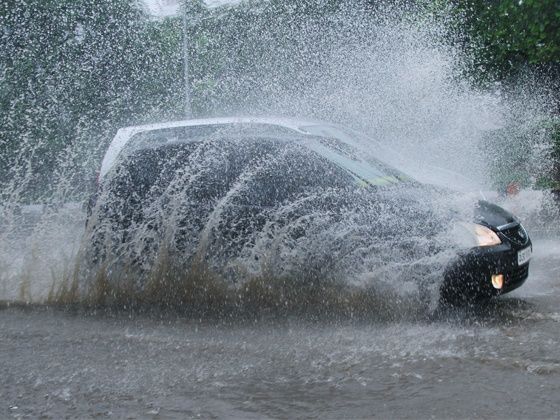Emergency braking can be a very tricky affair and when the surface is wet, it amplifies the situation. ABS can pretty much halve the situation and can help avoid an otherwise disaster

Braking has to be one of the most important aspects in driving. In fact more than how quickly your car accelerates, its more important how quickly it decelerates. And now as the modern engines get more powerful, it makes braking one of the most important bit about your car. ABS or anti lock braking system is pretty much standard on all cars these days. An ABS generally offers improved vehicle control and decreases stopping distances on dry and slippery surfaces for many drivers; however, on loose surfaces like gravel or snow-covered pavement, an ABS can significantly increase braking distance, although still improving vehicle control.
Using ABS is very different than using conventional brakes. If you’re braking normally for stop signs, red lights or vehicles slowing ahead of you in ABS equipped vehicles, the ABS system will not activate. Early braking is always best in any situation, but if you need to brake quickly and suddenly, ABS will activate.

Knowing the pros and cons is important before using these brakes. For example, ABS has two benefits for the driver; it may help the driver stop quicker under wet or slippery conditions, and of course normal road conditions. The added plus is that it can also allow the driver to brake and steer at the same time. Without ABS, the wheels would just lock up making it impossible to control the car and thereby creating a disaster. All in all ABS can pretty much turn out to be a life saver especially in the monsoons when road conditions are extremely tricky. So the next time you head out to buy a car do not ignore the option of ABS, it can pretty much turn out to be the one thing that stands between life and death.
No comments:
Post a Comment